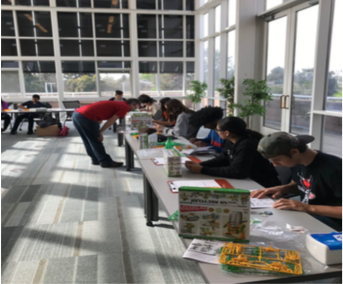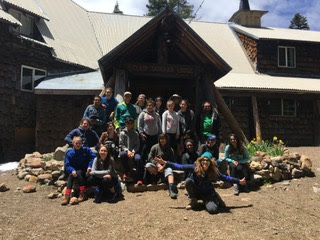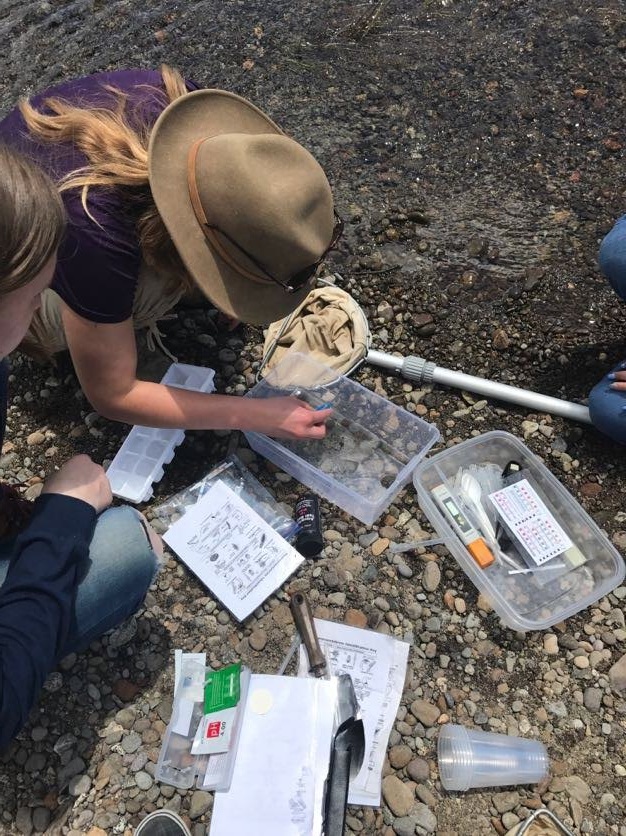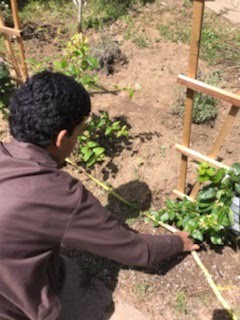 2019, Sacramento, California, USA
2019, Sacramento, California, USA
MET Sacramento student Isa Sheikh is an officer and active member of the Garden club. As such, he is always looking for ways to improve and extend the garden as well as expand its environmental benefit. As most of the raised beds in the garden area are used to produce vegetables and/ or fruit, Isa wanted to find space to add a pollinator garden, which would attract native pollinators and provide nectar sources for them during other parts of the year.
 Isa identified some narrow spaces on campus that were suitable and got approval to plant, but realized he could most efficiently use the space by adding a vertical element to his pollinator garden. By trellising some common pollinator friendly plants, he not only provided habitat, but also added to the aesthetics of his school campus—and hopefully will increase the productivity of the garden as well!
Isa identified some narrow spaces on campus that were suitable and got approval to plant, but realized he could most efficiently use the space by adding a vertical element to his pollinator garden. By trellising some common pollinator friendly plants, he not only provided habitat, but also added to the aesthetics of his school campus—and hopefully will increase the productivity of the garden as well!
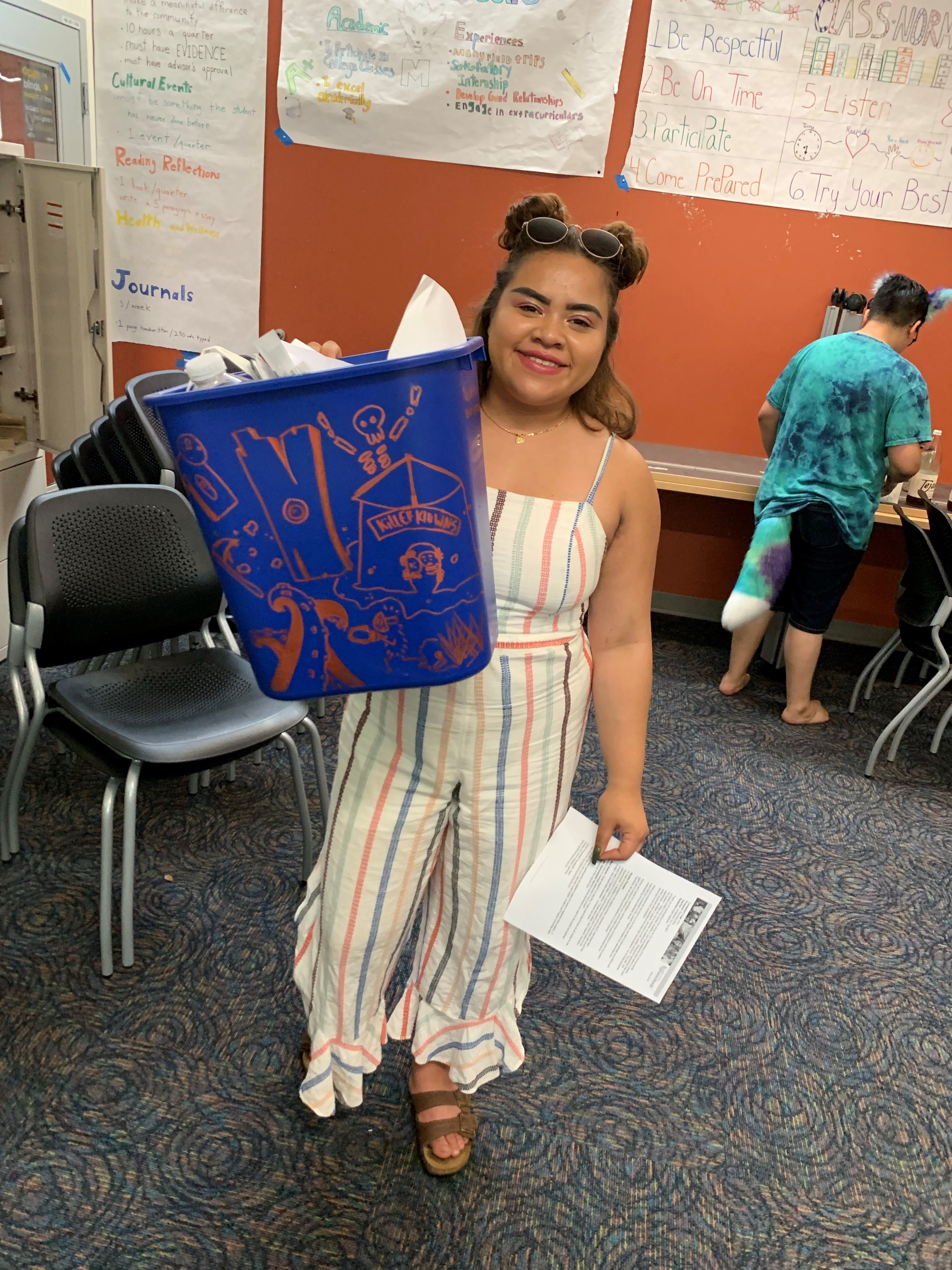 2019, Sacramento, California, USA
2019, Sacramento, California, USA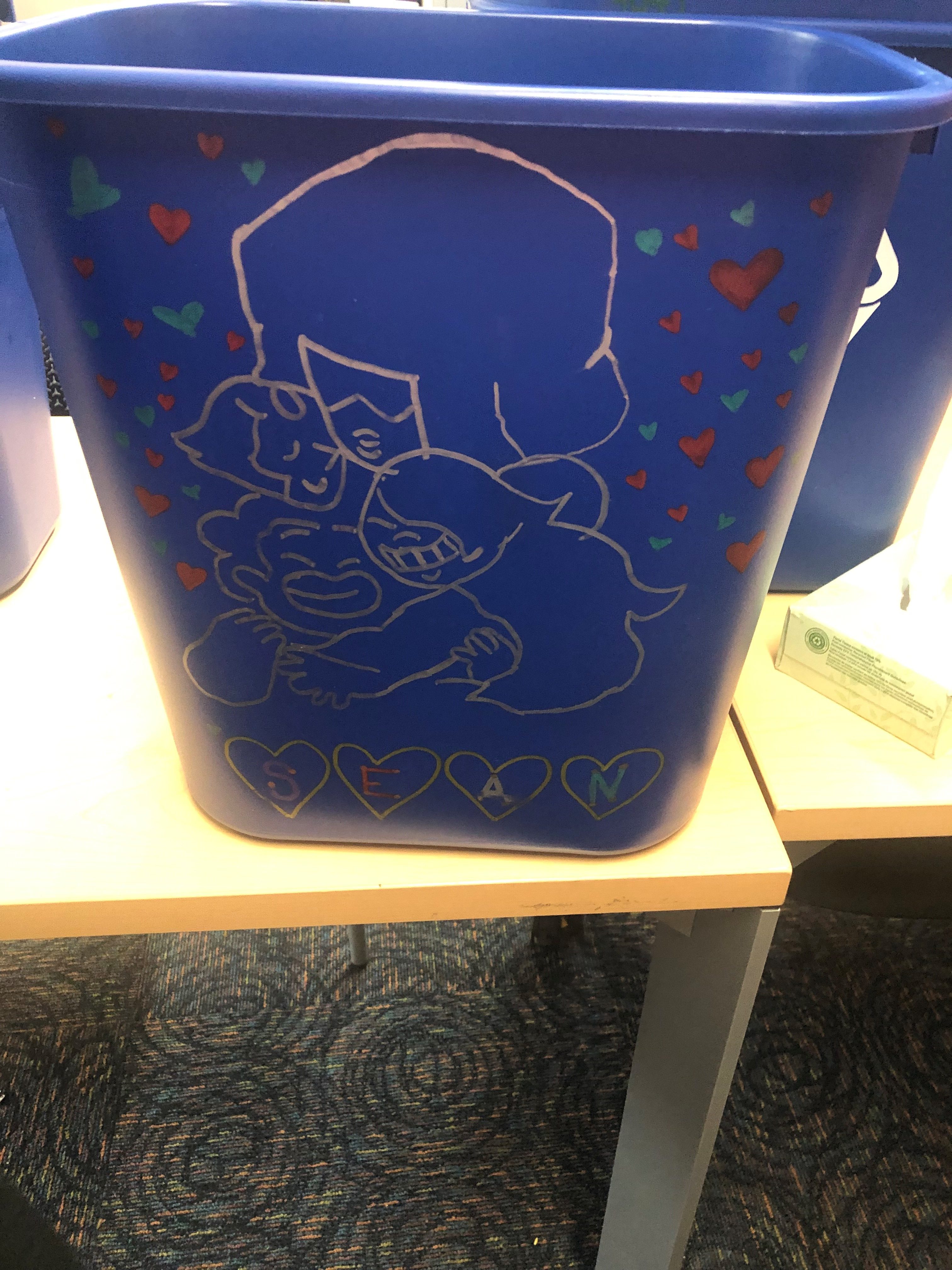 Angel first purchased blue recycling bins for each advisory classroom. Knowing that just placing the bin in class would not necessarily increase awareness and improve recycling habits, Angel decided to engage students with an art contest. Students from each advisory would decorate bins using colored sharpie pens and the winning advisory would get a pizza party. Her contest would bring awareness to the new bins and Angel could encourage use through reminding students what they could and should recycle. Angel also plans on collecting money for the recyclable items at a recycling center, which would supplement advisory budgets for special student events.
Angel first purchased blue recycling bins for each advisory classroom. Knowing that just placing the bin in class would not necessarily increase awareness and improve recycling habits, Angel decided to engage students with an art contest. Students from each advisory would decorate bins using colored sharpie pens and the winning advisory would get a pizza party. Her contest would bring awareness to the new bins and Angel could encourage use through reminding students what they could and should recycle. Angel also plans on collecting money for the recyclable items at a recycling center, which would supplement advisory budgets for special student events.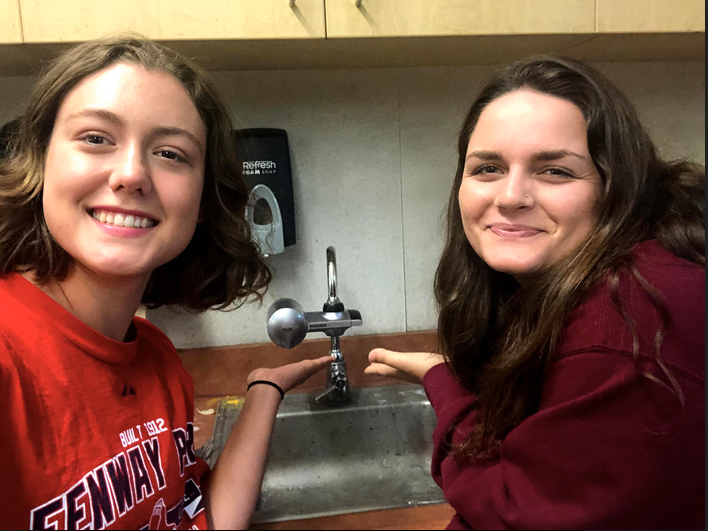 2019, Sacramento, California, USA
2019, Sacramento, California, USA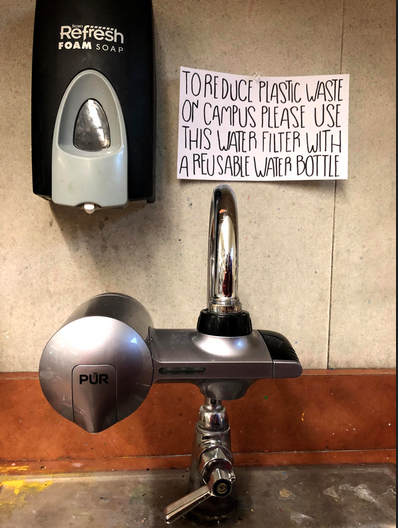
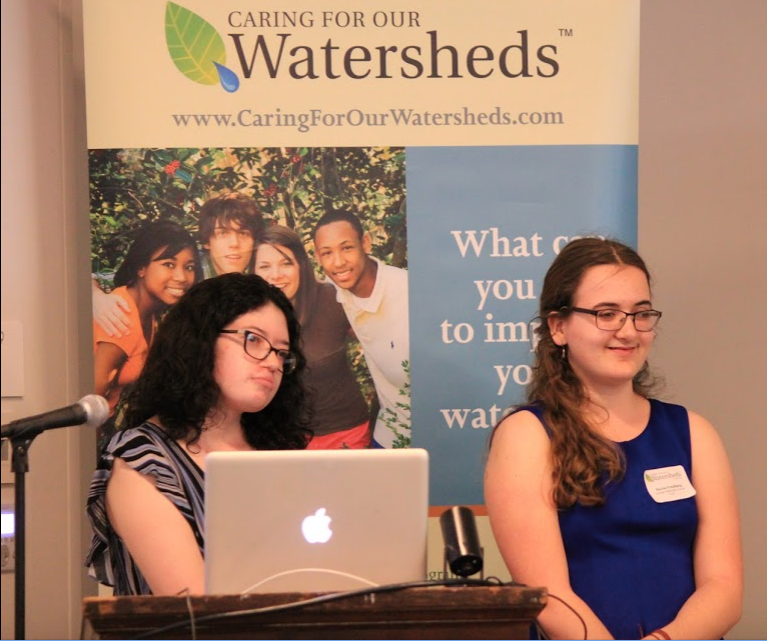 2019, Sacramento, California, USA
2019, Sacramento, California, USA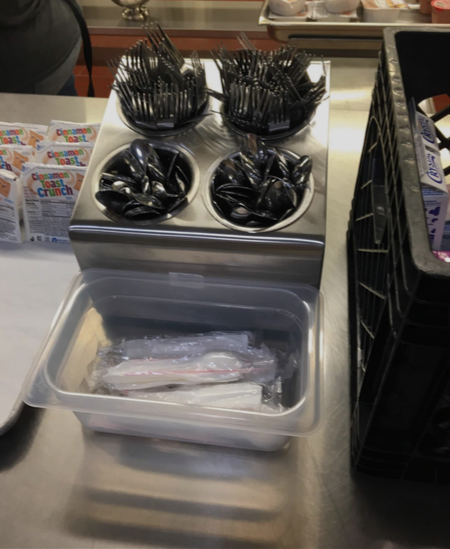 Rachel and Barcelona wanted to replace the plastic utensils with reusable silverware and make separate napkins available to students. A main challenge to their proposed project was the fact that the school did not have a dishwasher to sanitize the silverware. However, they did not let this stop them! They developed a pilot project, using Dept. of Health standards and guidelines and rotating student volunteers to wash and sanitize the silverware generated at lunchtime at their relatively small school. Rachel and Barcelona’s well-planned project and their persistence in making a difference even within the limits of school’s infrastructure and equipment helped them take fifth in the Caring for Our Watersheds Finals.
Rachel and Barcelona wanted to replace the plastic utensils with reusable silverware and make separate napkins available to students. A main challenge to their proposed project was the fact that the school did not have a dishwasher to sanitize the silverware. However, they did not let this stop them! They developed a pilot project, using Dept. of Health standards and guidelines and rotating student volunteers to wash and sanitize the silverware generated at lunchtime at their relatively small school. Rachel and Barcelona’s well-planned project and their persistence in making a difference even within the limits of school’s infrastructure and equipment helped them take fifth in the Caring for Our Watersheds Finals.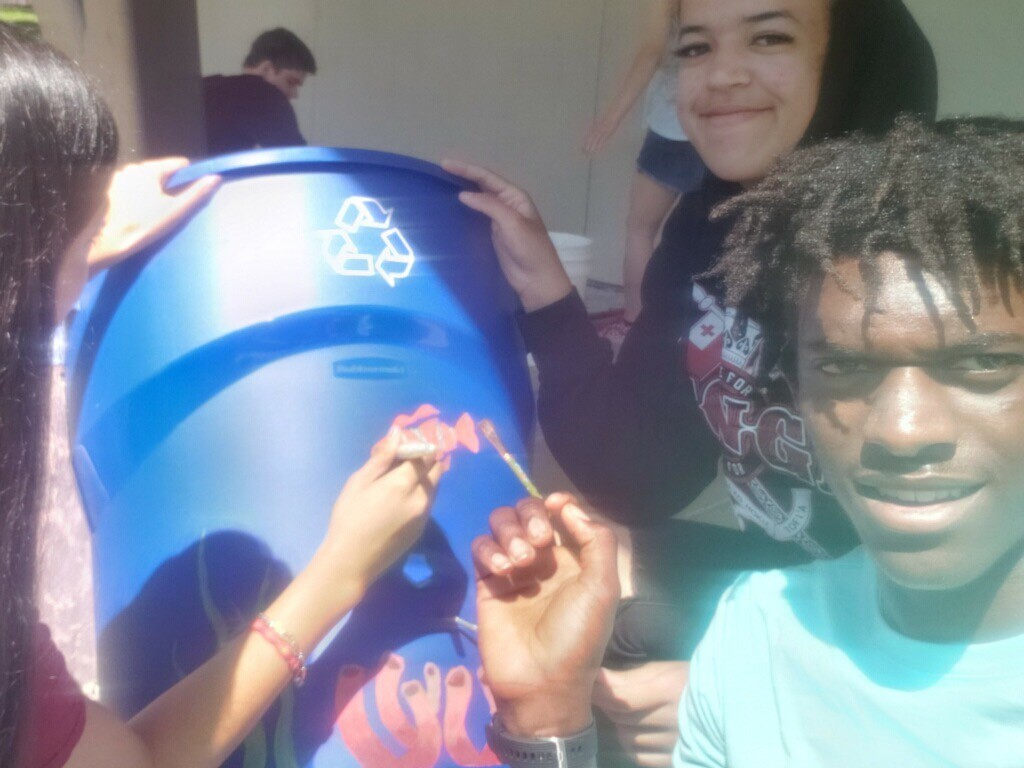
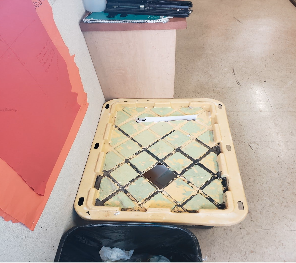
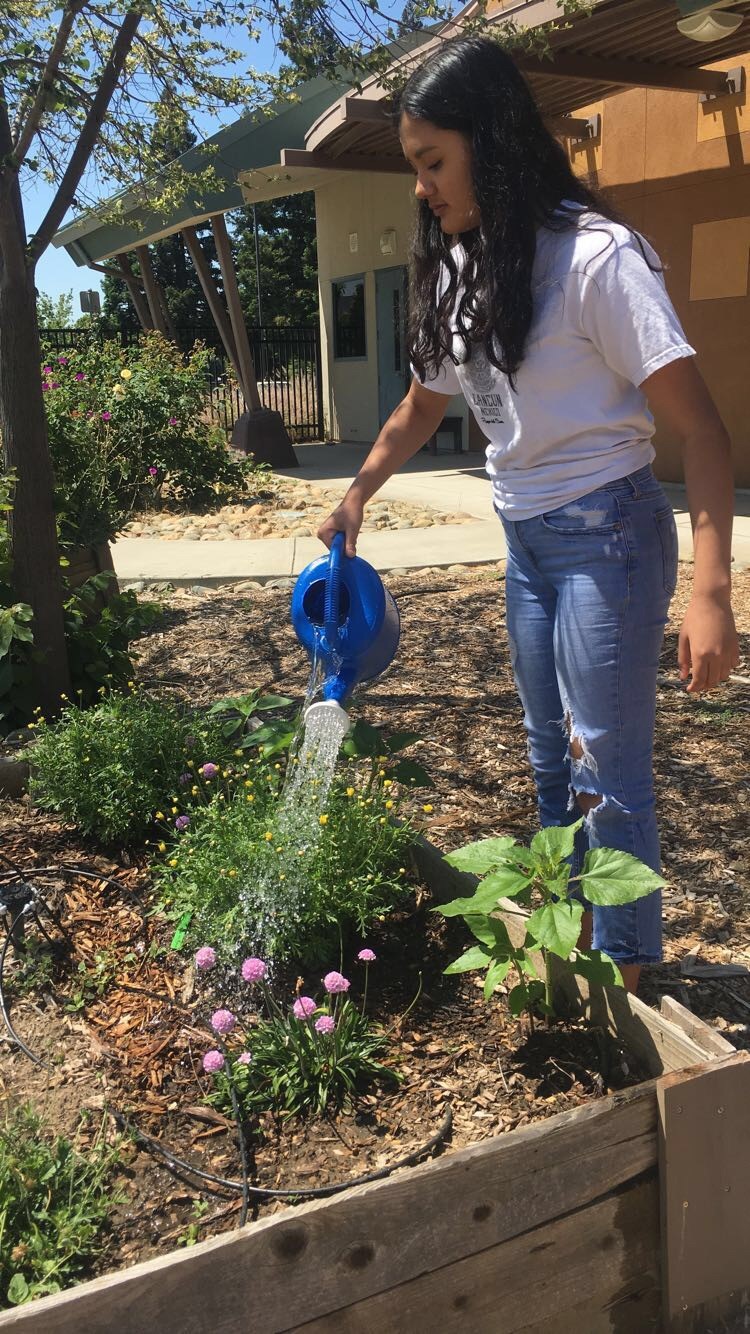
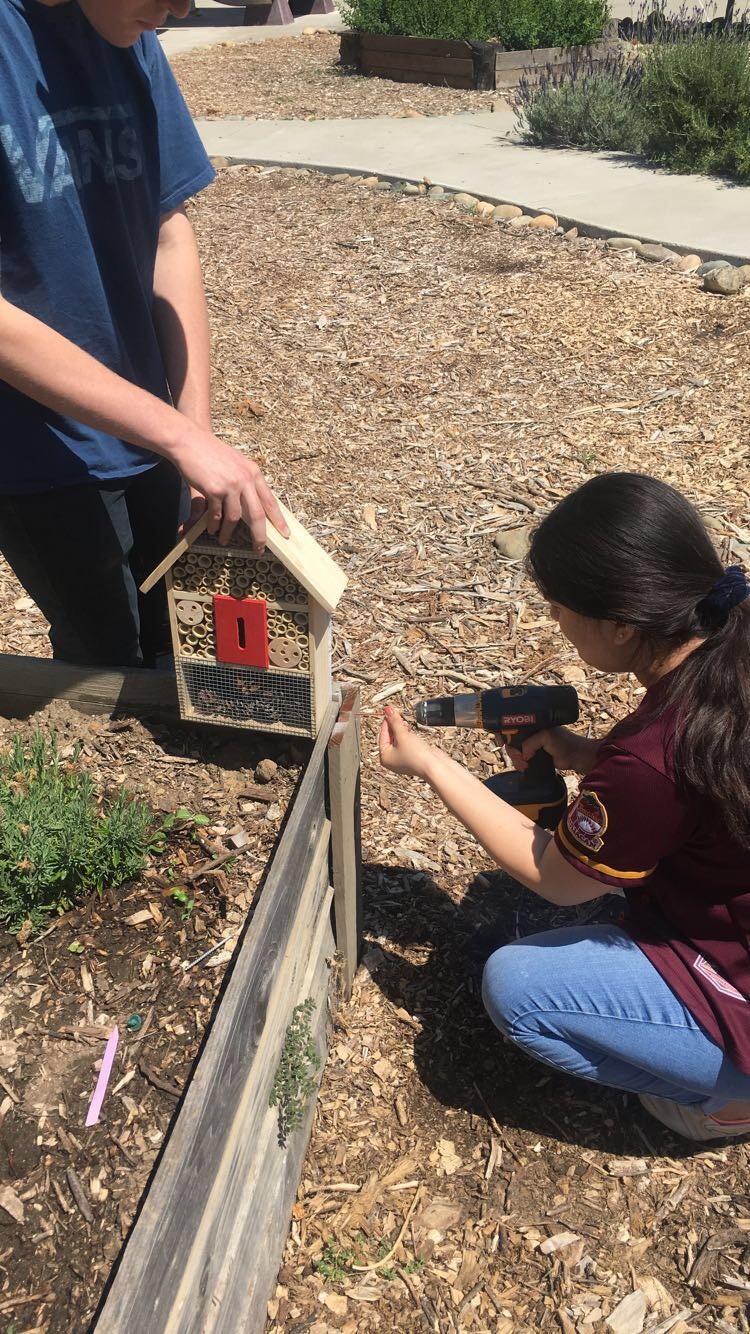
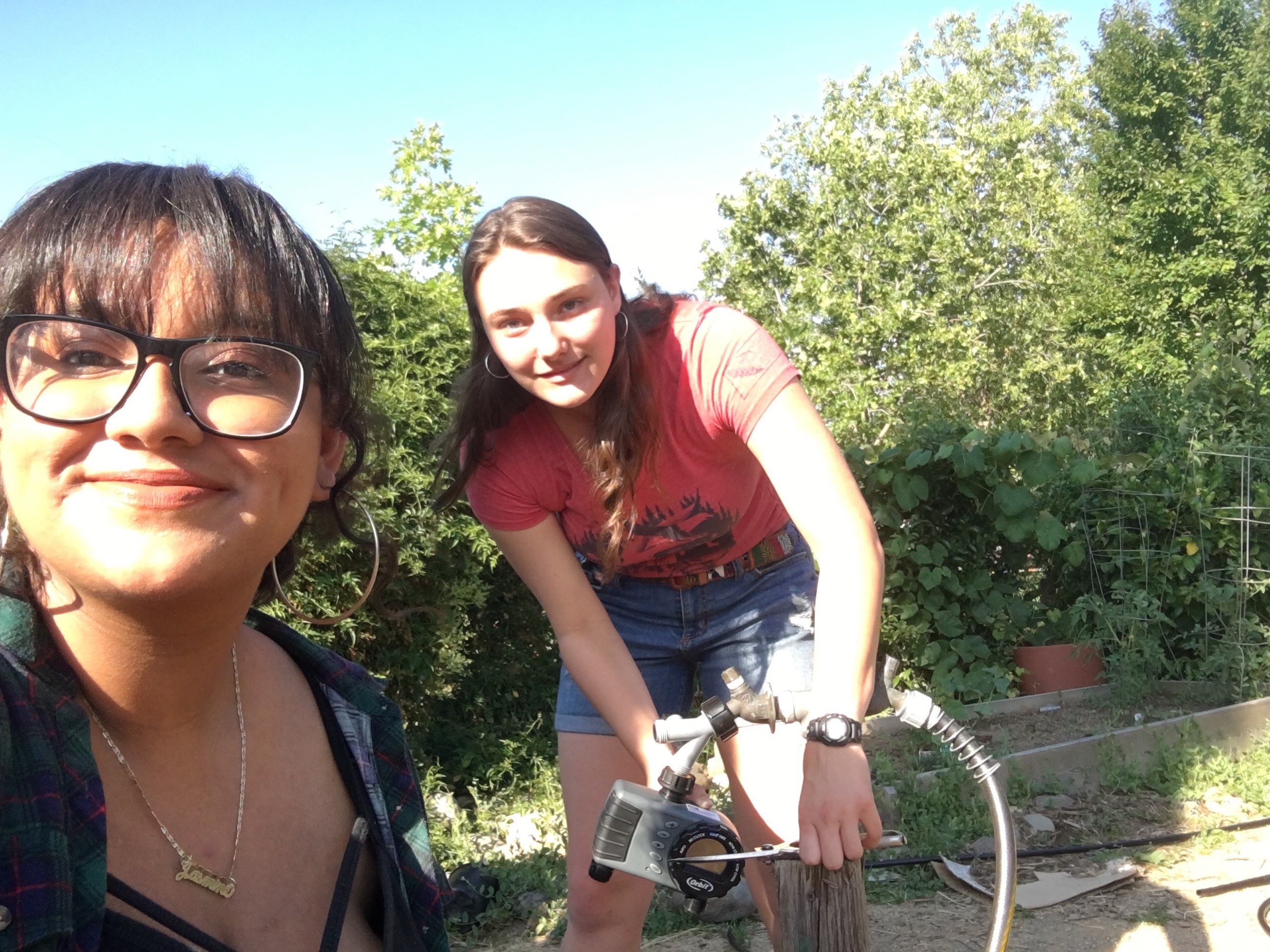
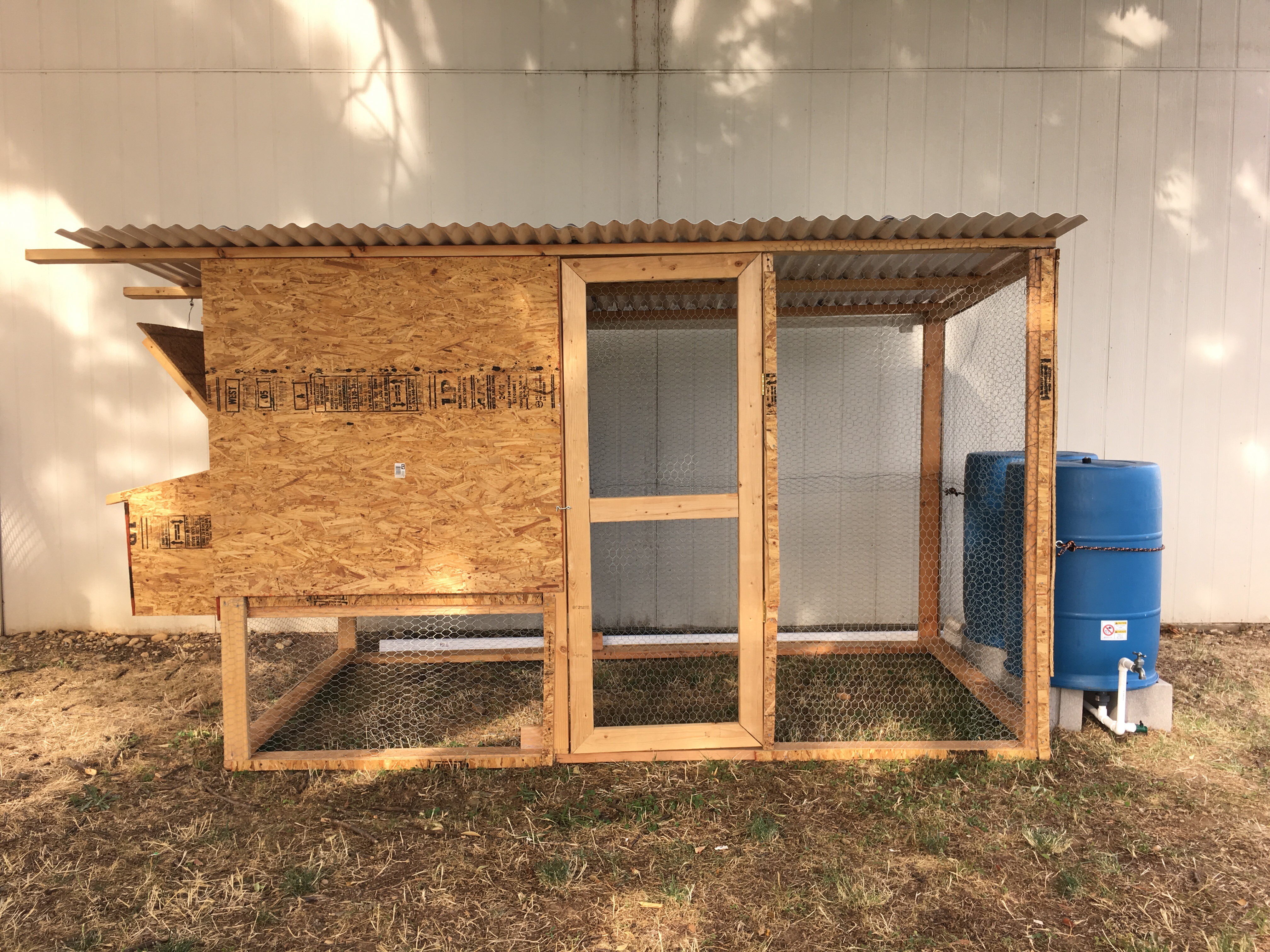
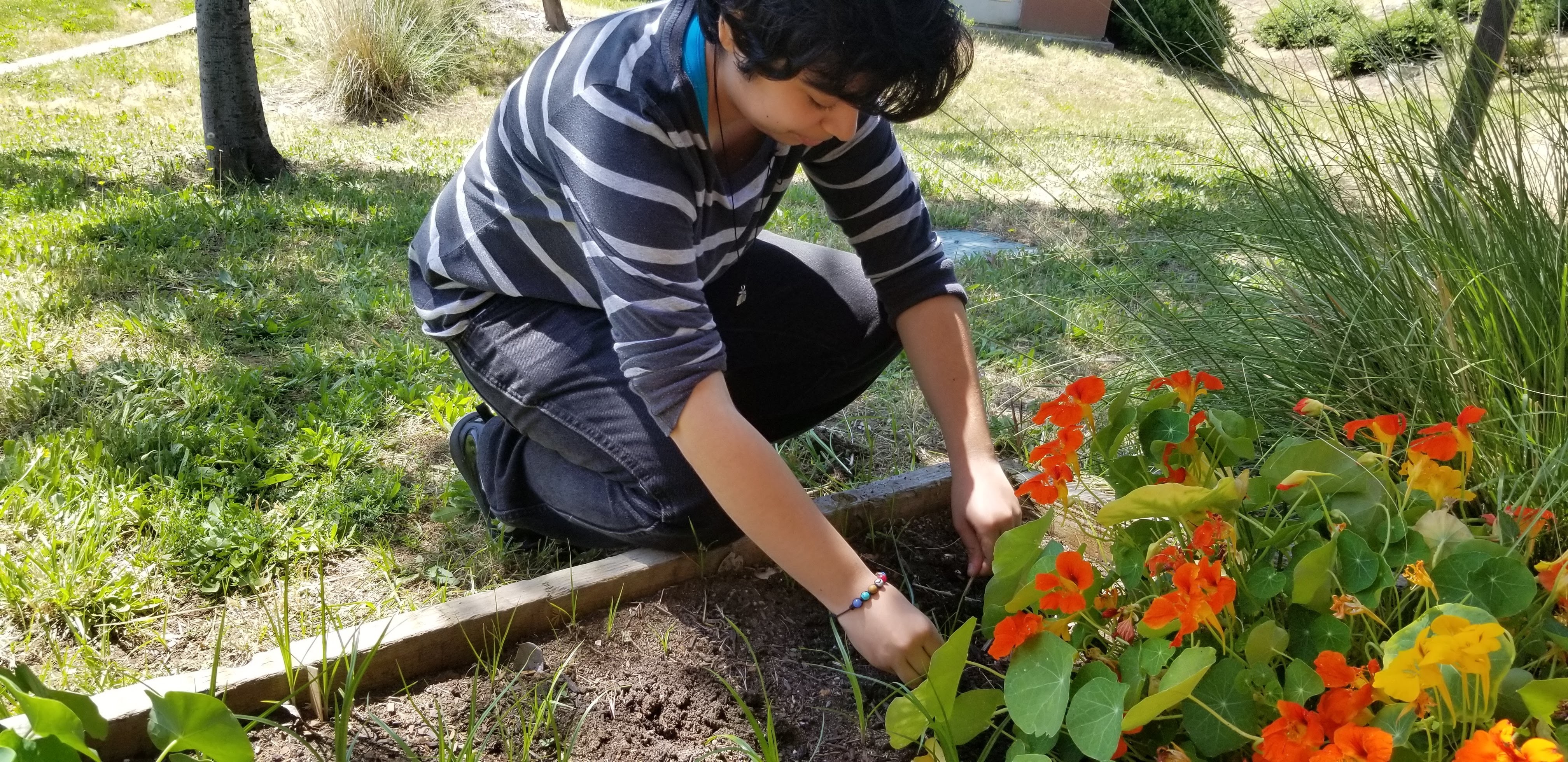

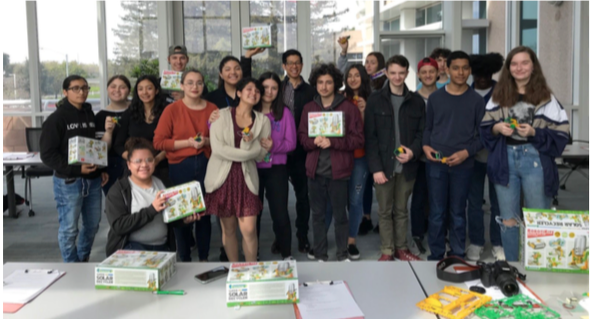 2019, Sacramento, California, USA
2019, Sacramento, California, USA